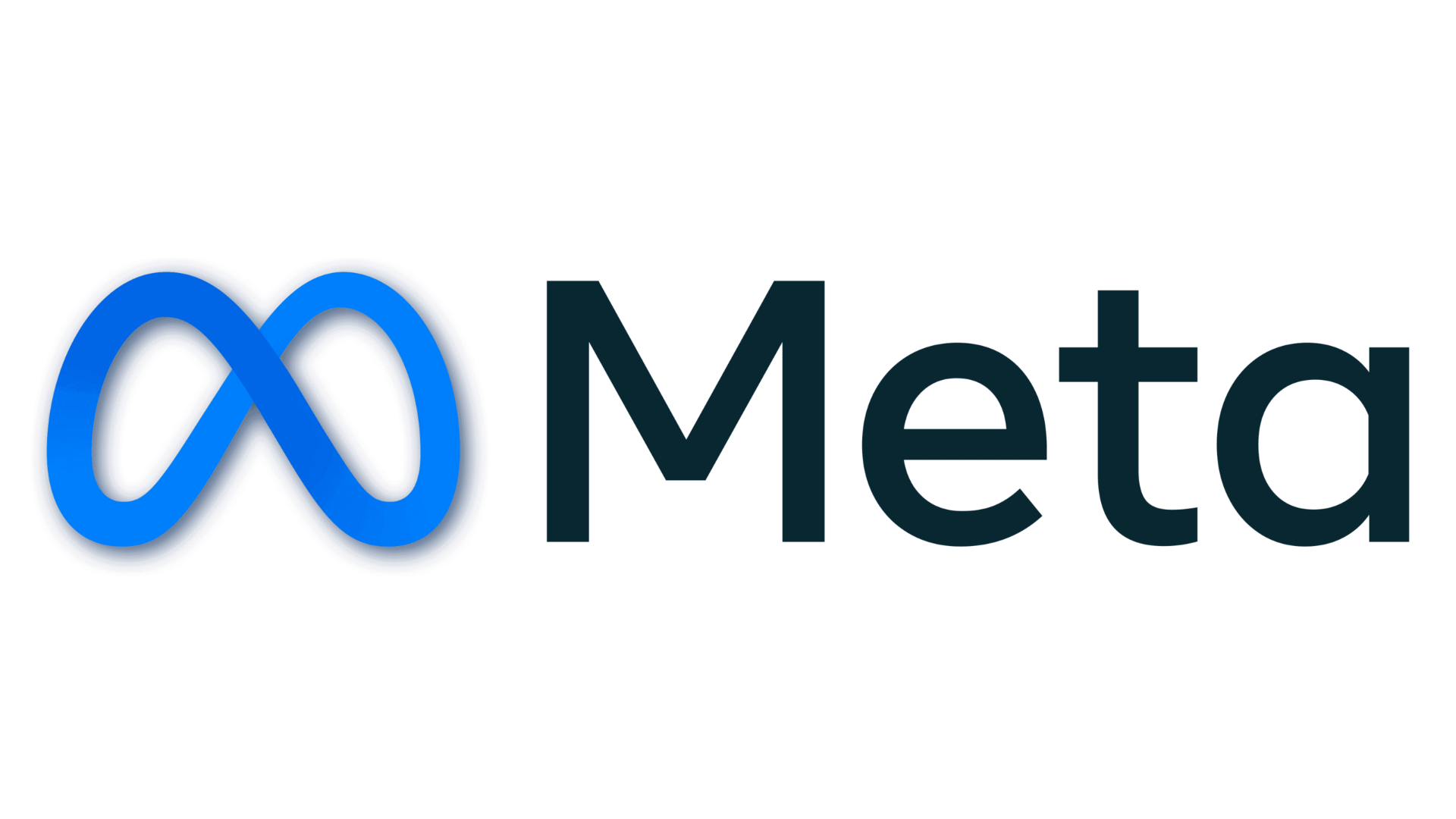Annotation is a fundamental process in data analysis, machine learning, and artificial intelligence applications. It involves enriching data with supplementary information, often in the form of tags, labels, or metadata, to enhance its usability and comprehensibility. This additional information facilitates efficient organization, searchability, and analysis of the underlying data.
In the realm of natural language processing, text annotation is prevalent. Linguistic features, sentiments, entities, or parts of speech within a text can be annotated to help machines understand and process human language more accurately. For example, in sentiment analysis, annotations may label specific sentences or phrases as positive, negative, or neutral sentiments.
In image and video processing, annotation is used to label objects, actions, or scenes within the media. For instance, in autonomous vehicle development, images of traffic signs or pedestrians are annotated to train machine learning models to recognize and respond to these objects.
Annotation is crucial for training machine learning algorithms, as it provides ground truth data that helps the model learn patterns and make accurate predictions. Annotators, often human annotators, play a vital role in this process, ensuring the data is accurately labeled based on predefined criteria.
The annotation process can be manual, semi-automatic, or fully automatic, depending on the complexity of the task and the available technologies. It is a meticulous task that requires precision, domain knowledge, and adherence to annotation guidelines to ensure the quality and reliability of the annotated data.
In summary, annotation is an indispensable step in preparing data for analysis and training machine learning models, enabling a wide range of applications, from automated language translation to advanced computer vision systems.

